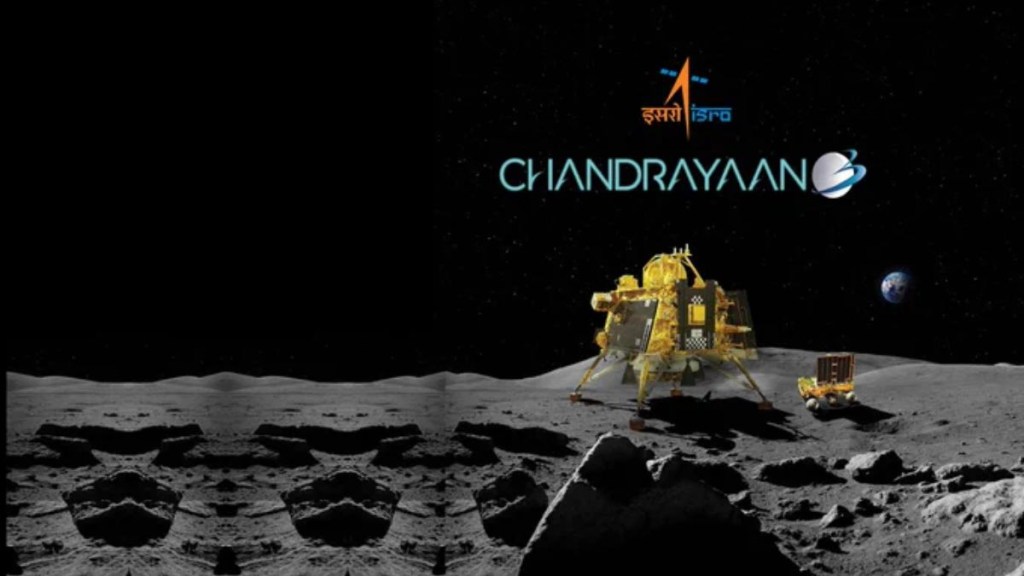The Indian Space Research Organisation (ISRO) on Friday (September 22) revealed much-awaited update about its lunar mission Chandrayaan-3. According to the information, ISRO has made efforts to establish communication with Chandrayaan-3’s Vikram lander and Pragyan rover in order to determine their activation conditions after they had been put into sleep mode early this month. However, no signal had been received.
“Efforts have been made to establish communication with the Vikram lander and Pragyan rover to ascertain their wake-up condition. As of now, no signals have been received from them. Efforts to establish contact will continue.” ISRO said in a post on ‘X’.
Attempts to make contact with the lander and rover will continue, the national space agency said on social media platform X.
What was the last status of Chandrayaan-3?
With the lunar dawn breaking, ISRO has initiated attempts to reestablish communication with the lander and rover, with the aim of reviving them for the purpose of continuing their scientific experiments.
These efforts come after both the lander and rover were placed in sleep mode earlier this month, specifically on September 4th and 2nd, respectively, in anticipation of the lunar nightfall on Earth’s natural satellite. However, it’s worth noting that their receivers were kept operational during this period.
“We have put both the lander and rover on sleep mode because temperature would go as low as minus 120-200 degree celsius. From September 20 onwards, sunrise will be going on at the Moon and by September 22 we hope that the solar panel and other things will be fully charged, so we will be trying to revive both the lander and rover, ” ISRO’s Space Applications Centre Director Nilesh Desai had told PTI on Thursday.
As sunlight returns to the Moon’s south polar region, where both the lander and rover are positioned, and their solar panels are thought to be fully charged, ISRO is actively engaged in reconnecting with them to assess their condition and potential for reactivation.
Following their touchdown on the Moon on August 23, both the lander, rover, and their onboard instruments conducted a series of experiments sequentially, aiming to complete them within the span of 14 Earth days, corresponding to one lunar day. This timeframe was chosen before the onset of lunar darkness and the extreme cold that follows.
ISRO optimistic about establishing connection with rover and lander
The lander and rover, together weighing 1,752 kg, were originally designed to function for a single lunar daylight period, equivalent to about 14 Earth days, to conduct comprehensive research on the lunar environment.
However, ISRO remains optimistic that they can be brought back to operational status now that the Sun has once again risen over the Moon’s surface, enabling the possibility of resuming their scientific experiments and investigations.

